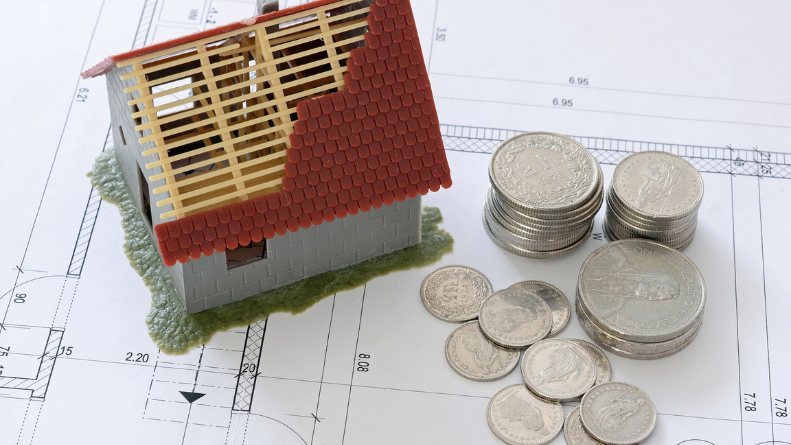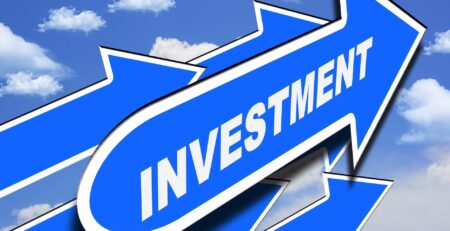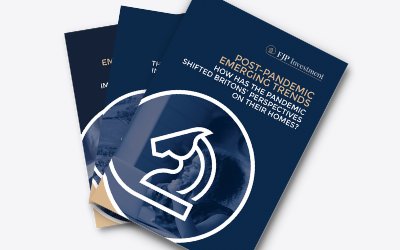Rental Income Strategies for Buy-to-Let
Buy-to-let property investors are usually seeking to learn how to maximise their rental income. Given this, here are some rental income strategies for buy-to-let for increasing your return on investment. You may already be implementing some of them, and others may pique your interest. Whatever the case, we hope you find the following useful and give them a try.
First, though, let’s define what we mean by “rental yield” and what other terminology are commonly used to describe it so that you may have a better idea of what you would want to go for.
The meaning of “rental yield”
The phrase “rental yield” and its significance should be recognised by any seasoned landlord. If you’re new to real estate or just need a quick refresher, rental yield is the amount of money you can expect to make each year from a rental property.
It is calculated as a percentage by dividing the annual rental revenue by the current value of the property, and then multiplying that result by 100. Of course, the return on investment (ROI) is better, the higher the percentage. For example, if the property cost £300,000 and the rental yield was £12,000 per annum, you would do £12,000 divided by £300,000 = 0.04 x 100 = 4%.
Rental yield is an important indicator of whether a buy-to-let property is a sound investment, along with capital appreciation (the amount by which the value of a property has increased or is expected to increase). High rental yields are most likely to happen when a property is in good shape, is in a cheap area with a lot of demand from renters and has a good average rent price.
Comparing Gross and Net Yield
A rental property’s gross yield is the amount of money it brings in before deducting any operating costs.
After taking these costs into account, the resulting yield is the net yield, often known as the “true yield.” A more accurate assessment of whether or not a property is a suitable investment may be made by using this number. Expenses like the following should be taken into account to ascertain the true yield:
- Landlord’s insurance
- Rent guarantee insurance
- Fixing or replacing damaged fixtures and fittings
- Maintenance like boiler servicing, fence repairs, and other general upkeep expenses
- In the case of leasehold properties, ground rent
- The money needed to make necessary repairs and improvements between tenancies
- Void periods when there is no tenant in the property
- Depending on whether you are going down the path of self-management or hiring a property management company to do it on your behalf, there are costs associated with using a letting agency for tasks like advertising, managing, and screening tenants, etc.
- Mortgage payments
For obvious reasons, general maintenance expenditures are one of the more challenging things to estimate. Take into account the type of property, its current state, and its contents to come up with a good estimate.
There is no target or “ideal” yield to go for, and even in the same location, yields on rentals might vary substantially. At the very least, you need to make enough to pay all of your bills, and ideally, you should earn more so that you can start saving for the inevitable problems and expenses that will pop up at some point.
The average yield has grown over the past several years and is presently at 4.5%, according to research provided by Kent Reliance in July 2019. London real estate might be more difficult to manage, but it’s also producing higher rental yields as a whole (4.1%).

The only way to get a good notion of what to expect is to take into account both the property’s financial needs and the specifics of the local market. Increasing your rental property’s ROI is possible in a number of different ways.
Increasing rental income is a top priority for all landlords. Though it may seem self-evident, this is a point frequently disregarded. Strategies for increasing that crucial figure are provided in this article.
Evaluate your outgoing costs
Let’s tackle an easy one to get the ball rolling. Keeping tabs on your expenses might have a significant impact on your income. For example, instead of accepting the renewal quotes given to you, check around for better prices on things like building insurance. You won’t believe how much cash you’ll save in a year. Sometimes insurance companies rely on customer complacency as prices rise each year compared to better deals out there when you go looking. Of course, you could also use the better quotes to try and get a better deal with your existing insurance provider.
As a landlord, your mortgage is likely to be your single largest expense, and therefore it’s wise to make sure that you have the best deal possible. In a market as dynamic as mortgages, new offers and products are always being introduced by providers as they compete for your business. Constantly checking in with your broker to see what’s new and moving to a plan that better fits your requirements may save you a lot of money.
Do the right upgrades and refurbishments
Everyone’s necessities of life shift as the years pass. Understanding and keeping up with the needs of today’s renters can help you provide better service and charge more for your rental. The emphasis used to be on aesthetics, but these days it’s all about functionality. Of course, your property still needs curb appeal, but there are many more ways in which to draw in tenants who are prepared to pay more for it.
Think about trends like the increase of tenants looking to work from home since the pandemic struck in 2020. Many tenants are more likely to stay longer if they have access to fast Internet and a quiet place to get work done on the premises, thereby significantly increasing yield potential.
Making your rental more environmentally friendly, or “green,” is another factor to think about. Increasing the property’s eco-friendliness can set you apart from the competition and allow you to demand a higher rent. Both eco-conscious people and those who just seek lower monthly energy bills can benefit greatly from a well-planned green renovation. Given government targets to dramatically decrease CO2 emissions as well as other eco-friendly policies, the demand on landlords to provide greener accommodation will only increase as tenants’ demands shift.
Think about converting or adding extensions
Even though you’ll need a lot of money up front, adding on to or remodelling your home could be one of the best investments you make. For example, when you extend by having additional bedrooms, it will add potential for increased rent as well as add value to the property itself.
One advantage of having extra bedrooms is that the landlord has a larger pool of suitable tenants that could be right for the property. Keep in mind that in the current market, finding tenants is not an issue, but finding quality, reliable tenants can be quite challenging at times. By advertising to the widest potential audience, you increase your chances of finding a good tenant, which in turn increases your income and decreases the amount of hassle you have to go through to find a tenant. Why wouldn’t you enjoy that?
Think about storage
Since tenants are staying in there rentals for longer, amenities like extra storage space are in higher demand. Increasing storage capacity for most properties shouldn’t be too difficult if done right, and may be easily improved with a few minor adjustments.
Here are some simple suggestions to get you thinking about how you can achieve it. Put up a cabinet in the toilet or bathroom if there isn’t one already. To better utilise wasted space, consider installing an organiser in your main storage cabinet if it has only a few shelves and a lot of empty space. The same holds true for storage space in the kitchen, which can always be improved for better storage capacity.
Putting some extra care into mundane details like these may help your house stand out from the competition. You can make a safe bet that when a prospective tenant comes to view your property, they will be paying close attention to what the storage situation is like. Getting the perfect renter is crucial, and that tenant will often pay extra for the ideal place they have in their mind’s eye.
Keep an open mind and be flexible
As was mentioned above, tenants are staying in rental properties for longer periods of time than in the past, which means that you may boost your return by being more accommodating and flexible than the competition. Being more flexible doesn’t have to involve big changes and can be rather simple ones. For example, you can make a big difference to a tenant’s living conditions by allowing them to make small changes, such as decorating or keeping pets. Even if you normally have a requirement of not allowing pets into your property, try meeting with prospective tenants that do have pets and you may find that their dog is actually quite nice and pleasant. Not all pets and pet owners are the same.
Landlords who provide such benefits are, predictably, in short supply, which implies that those who do so may charge a premium. To determine which of these options is ideal for your needs as a landlord, you need to weigh the benefits and disadvantages of each unique selling point. Obviously, if you have more to offer, you’ll be able to rent to a wider range of people.
ARE YOU READY TO START INVESTING?
Subscribe to our mailing list now for exclusive deals, investment guides and the latest information from the property market.






